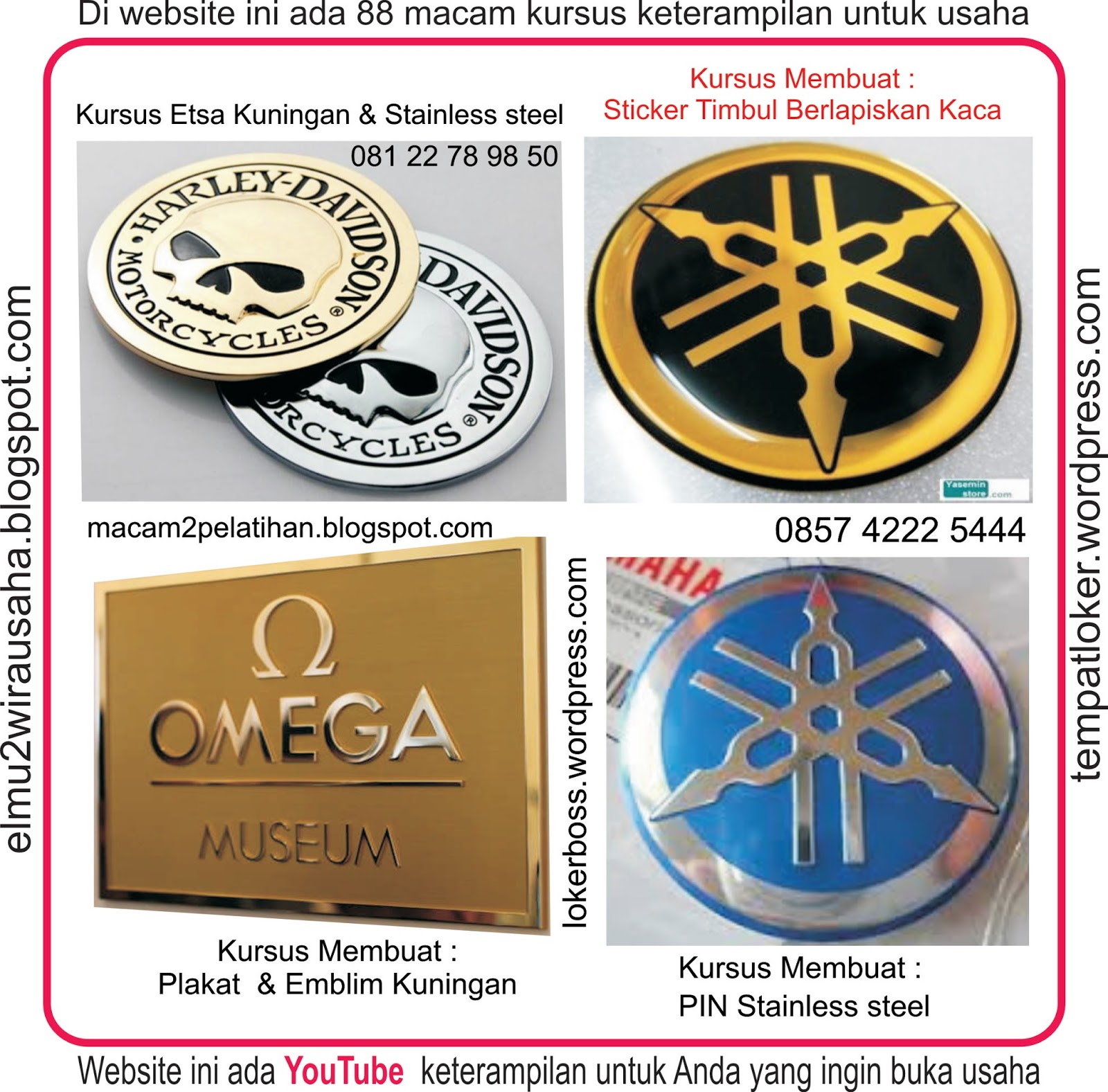



User-performable firmware update: via PC (using Sony Ericsson Update Service) or Third-party app support: Java-based (J2ME) Synchronisation: SyncML (local and remote) Internet applications: WAP 2.0 / HTML browser (Access NetFront), video/audio Weight and dimensions: 100 x 46 x 19.5 mm 99 gramsĬSD (dial-up/GSM Data), HSCSD, GPRS (Class 10), EDGE (Class 10)ĭevice connectivity: Bluetooth, data cable (USB 2.0), infrared (IR) Network bands supported: GSM 850 / 900 / 1800 / 1900 MHz (Quad-band)Ĭolour variants: Satin Black, White (NEW!!)Įxchangeable items (covers / keypads / etc): n/a This new SE product has received much acclaim in reviews and provides something for other music-phone competitors to try and match. The W810 was released in April 2006 and is now available worldwide. The casing colour has also changed from burnt orange and cream to Satin Black, and the sliding camera lens cover has been left off. This has been replaced by a D-pad designed to improve ease of use when listening to music. There are many small changes from the Sony Ericsson W800, but most noticeable is the absence of the classic joystick that has been found on the majority of Sony Ericsson mobile phones since the Sony Ericsson T610. The phone supports MP3 and AAC audio and MPEG4 and 3GPP video media formats. In addition to providing longer battery-life, this mode also allows the phone to be used as a Walkman in areas mobile phones would usually be barred from, such as aeroplanes and hospitals. Other noticeable features include a full function internet browser, 2 megapixel digital camera with autofocus, Memory Stick Pro Duo slot, and a music-only mode where phone functions are fully turned off. All the key features of its successful predecessor, the triband Sony Ericsson W800 remain the same, while the W810 also offers an FM radio (with RDS), and connectivity to EDGE networks for fast data transfer. On January 4, 2006, Sony Ericsson announced the W810 Walkman quad band mobile phone.


 0 kommentar(er)
0 kommentar(er)
